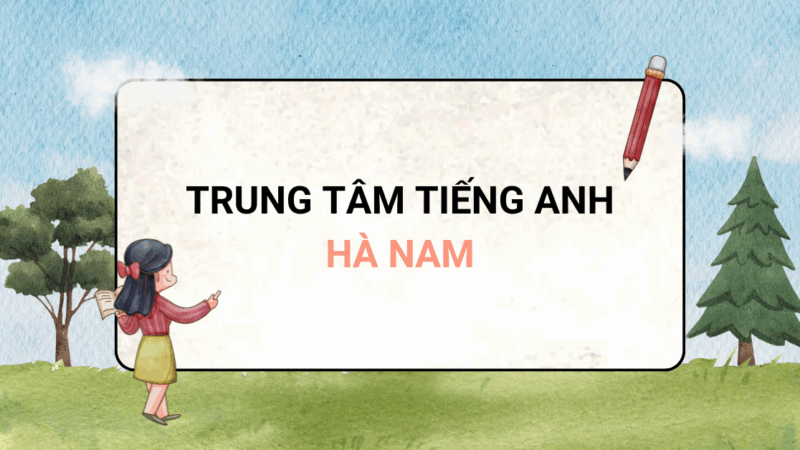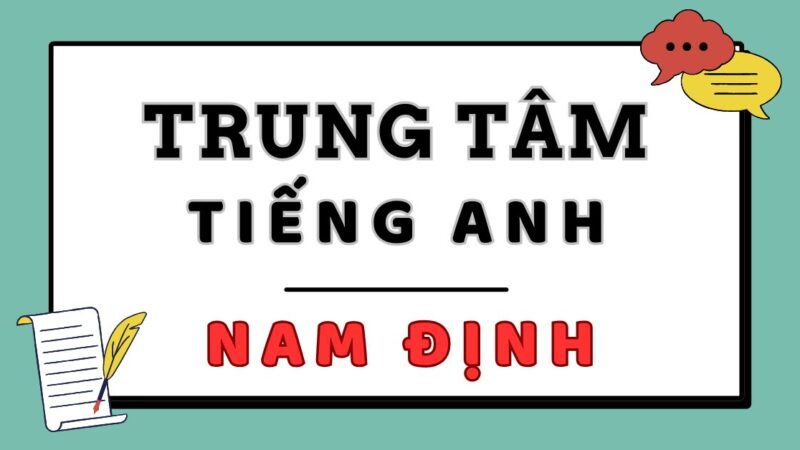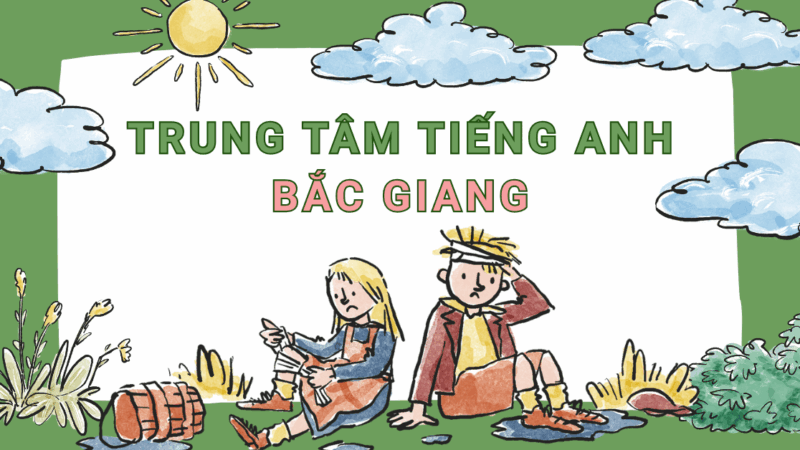[A-Z] Kiến thức về câu đơn trong tiếng Việt & Các dạng bài tập!
![[A-Z] Kiến thức về câu đơn trong tiếng Việt & Các dạng bài tập!](https://truongnguyentatthanh.edu.vn/wp-content/uploads/A-Z-Kien-thuc-ve-cau-don-trong-tieng-Viet.png)
Are you looking for complete and detailed documentation on simple sentences in Vietnamese? Do you want to consolidate your knowledge and practice exercises related to simple sentences effectively?
This article is an extremely useful guide for you. Explore with Nguyễn Tất Thành now!
Bạn đang xem: [A-Z] Kiến thức về câu đơn trong tiếng Việt & Các dạng bài tập!
What is a simple sentence in Vietnamese?
A simple sentence is a set of words combined together according to a certain rule, expressing a relatively complete idea and used to accomplish a specific communication purpose. To put it more simply, a simple sentence is the most basic unit in the Vietnamese language system, capable of expressing a complete idea about a certain thing, event, or state.
For example: “The boy studied hard.”
Structure of simple sentences in Vietnamese
The structure of a Vietnamese simple sentence includes two main components: subject and predicate. These two components combine together to form a relatively complete expression, expressing a certain information, opinion or request.
Structure: Subject + Predicate + Complement (May or may not be)
In there:
-
Subject: Is the component that names the object, phenomenon, or concept mentioned in the sentence. Can be expressed by word types such as: noun, pronoun, noun phrase, pronoun phrase. For example: Roses bloom in the garden.
-
Predicate: Is a component that states the activity, state, and properties of the subject. Can be expressed by word types such as: verbs, adjectives, verb phrases, adjective phrases. For example: Roses bloom in the garden.
-
Complements: In addition to subject and predicate, simple sentences can also include complements. Complements are auxiliary elements that add meaning to the subject and predicate. Complements can be expressed by different types of words such as: adverbs, objects, determiners, and adjuncts. For example: Roses bloom in the garden.
However, the structure of a simple sentence in Vietnamese can still change flexibly depending on the communication purpose and expressive nuance of the speaker/writer. Mastering simple sentence structure is the foundation for learning Vietnamese well and using the language effectively.
Classification of simple sentences in Vietnamese
Simple sentences in Vietnamese are divided into 3 main types, including: normal simple sentences, shortened simple sentences, and special simple sentences. Specifically as follows:
Ordinary simple sentence
A normal simple sentence is a type of sentence that has two main components: subject and predicate, expressing a complete idea, expressing a certain information, opinion or request clearly and coherently. .
Xem thêm : Dạy trẻ học toán lớp 1 online ngay tại nhà, nên hay không?
Characteristic:
-
There are two main components: Subject and predicate.
-
Express a complete thought without combining it with other sentences.
-
Can be classified into different types of simple sentences:
-
Simple descriptive sentence: Describes the characteristics and properties of things and phenomena.
-
Simple narrative sentence: Tells an event, happening in chronological order.
-
Exclamatory sentence: Expressing feelings and attitudes towards an object or phenomenon.
For example: “The weather is so beautiful!”
|
DON’T MISS OUT!!
The program builds a Vietnamese language foundation using the most modern methods.
Get up to 40% off RIGHT HERE!
|
Short simple sentence
An abbreviated simple sentence is a type of simple sentence that has at least one main component omitted (subject or predicate), but still ensures full expression of meaning and can restore that omitted component. This structure is commonly used in everyday communication, helping sentences become shorter, more concise and flexible.
Xem thêm : Dạy trẻ học toán lớp 1 online ngay tại nhà, nên hay không?
Characteristic:
-
At least one major component is omitted. In particular, the subject is omitted when it has been determined in the communication context or has been mentioned before. Predicates are omitted when predicted or easily deduced based on context.
-
The omitted key element can be recovered thanks to the previously mentioned communication context or information.
-
Can be classified into three types: Simple sentences that shorten the subject, simple sentences that shorten the predicate, simple sentences that shorten both subject and predicate.
For example: “It’s time.”

Special simple sentence
A special simple sentence is a type of simple sentence that has only one main component (subject or predicate), cannot be determined which main component is, and can only be understood in a specific communication context. This structure is used to express emotions, attitudes or responses to a certain event or phenomenon directly and vividly.
Xem thêm : Dạy trẻ học toán lớp 1 online ngay tại nhà, nên hay không?
Characteristic:
-
There is only one main element, the subject or predicate. However, it cannot be clearly determined whether it is the subject or the predicate.
-
Cannot be restored to a normal simple sentence due to lack of information about the remaining main component.
-
Can only be understood in a specific communication context, because the meaning of a sentence depends on the context and intention of the speaker/writer.
Simple sentences are especially used in the following cases:
-
Responding to a question: When the question has been clearly stated and the listener understands the questioner’s intention, they can use just one key element to answer.
-
Giving orders and requests: When the communication context clearly identifies the listener and the request that needs to be fulfilled, the speaker can only use one main component to express his or her intention.
-
Expressing intense emotions: When emotions are so great that the speaker/writer cannot fully express them in normal simple sentences, they can use special simple sentences to directly express their emotions.
For example: “Wrong!”
Instructions on how to use simple sentences in Vietnamese
Simple sentences play an important role in conveying information, expressing emotions, and fulfilling various communication purposes. To use simple sentences properly, you need to follow these steps:
Step 1: Identify the main component of the sentence.
Step 2: Arrange sentence components.
Step 3: Use words appropriate to the context and with the correct grammatical structure.
Step 4: Write in complete sentences.
Step 5: Check again to make sure you do not overuse shortened simple sentences, and that the intonation is reasonable.
Besides the above instructions, you should refer to additional documents or learn details about Vietnamese sentence structure at VNguyễn Tất Thành. (The application helps build a solid Vietnamese foundation for all children). In addition, regularly practicing using simple sentences in communication and writing will help you improve your ability to use the Vietnamese language effectively and accurately.
Why should you learn Vietnamese with VNguyễn Tất Thành software? VNguyễn Tất Thành is an educational application for children from 0 – 11 years old, helping them learn Vietnamese effectively and interestingly through interactive games, a store of carefully selected comics and audiobooks.
Highlights of VNguyễn Tất Thành:
-
Rich and diverse content: VNguyễn Tất Thành provides a huge content warehouse with more than 1,100+ Vietnamese comics, 500+ audio stories and many lessons to practice reading, writing, listening and speaking skills for children. Content is continuously updated, ensuring it is appropriate for each child’s age and level.
-
Effective learning method: VNguyễn Tất Thành applies the learning method through play, helping children absorb knowledge naturally and excitedly. The games are designed to be lively and attractive, combined with eye-catching images and sounds, stimulating children’s curiosity and desire to learn.
-
Comprehensive skills practice: VNguyễn Tất Thành helps children comprehensively develop Vietnamese language skills, including: Listening – Speaking – Reading – Writing.
-
Friendly interface, easy to use: VNguyễn Tất Thành has an eye-catching, child-friendly interface, making it easy for children to use and learn independently.
-
Support for parents: VNguyễn Tất Thành provides a detailed reporting system about children’s learning process, helping parents monitor their children’s learning progress and give appropriate directions.
Therefore, VNguyễn Tất Thành is currently considered a reputable Vietnamese learning application, trusted by millions of parents and children nationwide.
Download VNguyễn Tất Thành today to help your children learn Vietnamese in an effective and fun way!

Types of exercises on simple sentences in Vietnamese
Below are some popular exercises on simple sentences in Vietnamese:
Form 1. Distinguish between simple sentences and compound sentences
Given some sentences, ask students to distinguish which sentences are simple sentences and which sentences are compound sentences.
For example:
1. Determine whether the following sentences are simple sentences or compound sentences:
a) It’s raining.
b) Mom goes to the market to buy food and fruits.
c) Roses bloom in the garden.
d) The flower is so beautiful!
e) In the sky, birds are flying.
2. Explain the reason for distinguishing between simple sentences and compound sentences in the sentences above.
Form 2. Identify the main component of the sentence
Given some sentences, ask students to identify the subject and predicate of the sentence.
For example:
Xem thêm : Cách dạy phát âm tiếng Việt chuẩn cho bé trước khi vào lớp 1
1. Identify the subject and predicate of the following sentences:
a) The sun rises in the East.
b) Flowers bloom in the garden.
c) Baby Hoa is playing with the doll.
d) On the tree branches, birds are chirping.
e) The weather is so beautiful today!
2. Explain how to identify subject and predicate in the above sentences.
See more: What are adverbs in Vietnamese? Detailed answers about classification and usage!
Form 3. Shorten simple sentences
Given some simple sentences, ask students to shorten normal simple sentences into shortened simple sentences.
For example:
1. Shorten the following simple sentences:
a) The weather is beautiful today.
b) Baby Hoa is playing with a doll.
c) Flowers bloom in the garden.
d) Mom goes to the market to buy food.
e) Students study hard.
2. Explain the reason for shortening the above sentences.
3. State the effects of shortening simple sentences.
Form 4. Restore the main component of the shortened simple sentence
Given some shortened simple sentences, ask students to restore the omitted main component.
For example:
1. Restore the omitted main components in the following shortened simple sentences:
a) Go to school!
b) So beautiful!
c) Returned.
d) Buy books.
e) It’s so hot!
2. Explain how to restore the main component of the shortened simple sentence in the above sentences.
3. State the effect of restoring the main component of a shortened simple sentence.
Form 5. Make simple sentences as required
Given a subject or predicate, ask students to create a simple sentence containing that subject or predicate.
For example:
1. Make a simple sentence with the subject “baby”.
2. Make a simple sentence with the predicate “studying”.
Form 6. Correct mistakes in simple sentences
Given some simple sentences with errors in structure or usage, ask students to correct the errors and explain the reason for the correction.
For example: Correct grammatical errors in the following sentences:
a) I go to the market to buy vegetables.
b) In the blue sky, birds chirp.
c) Beautiful flowers!
d) Students study hard.
e) Baby Hoa plays with dolls.
Form 7. Write a paragraph using simple sentences
Ask students to write a short paragraph using a variety of simple sentences.
For example: Write a short paragraph (about 5-7 sentences) using a variety of simple sentences to describe the beautiful scenery of your hometown.

Thus, the article has provided you with comprehensive knowledge about simple sentences including definition, structure, classification, and common exercises. Hopefully with the knowledge and exercises shared in this article, you can master important knowledge about simple sentences in Vietnamese.
Nguồn: https://truongnguyentatthanh.edu.vn
Danh mục: Giáo dục






